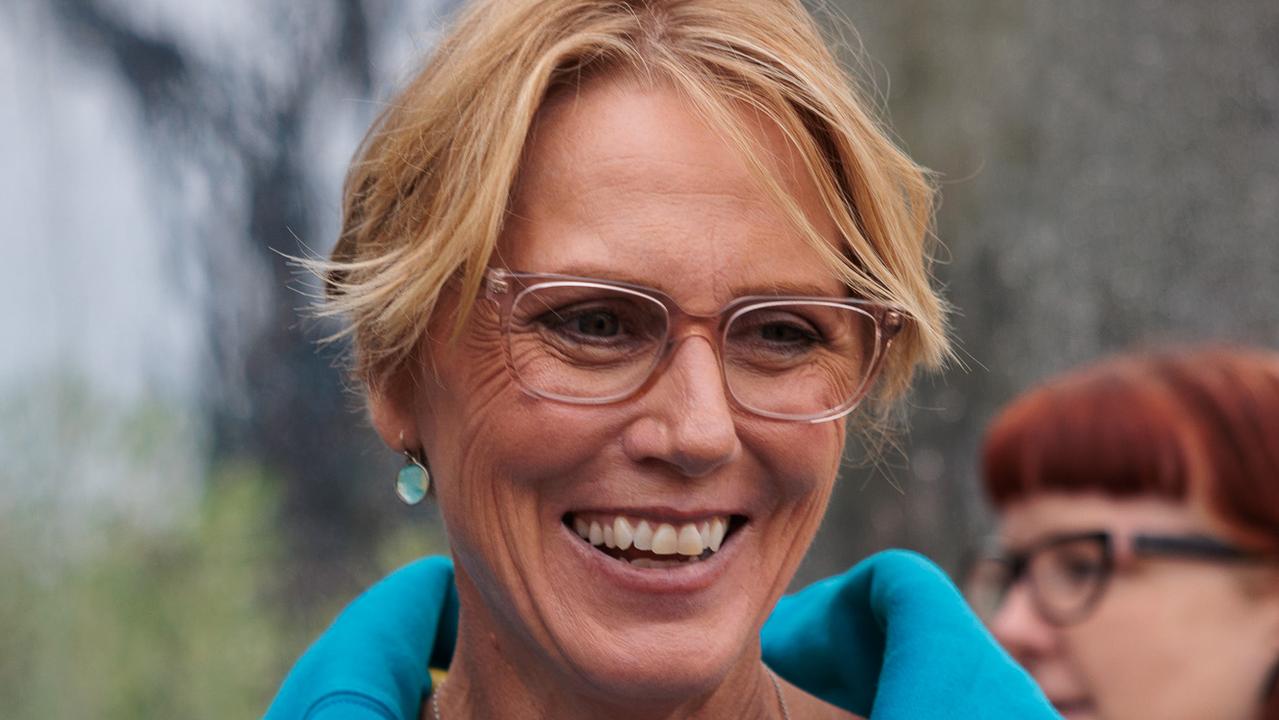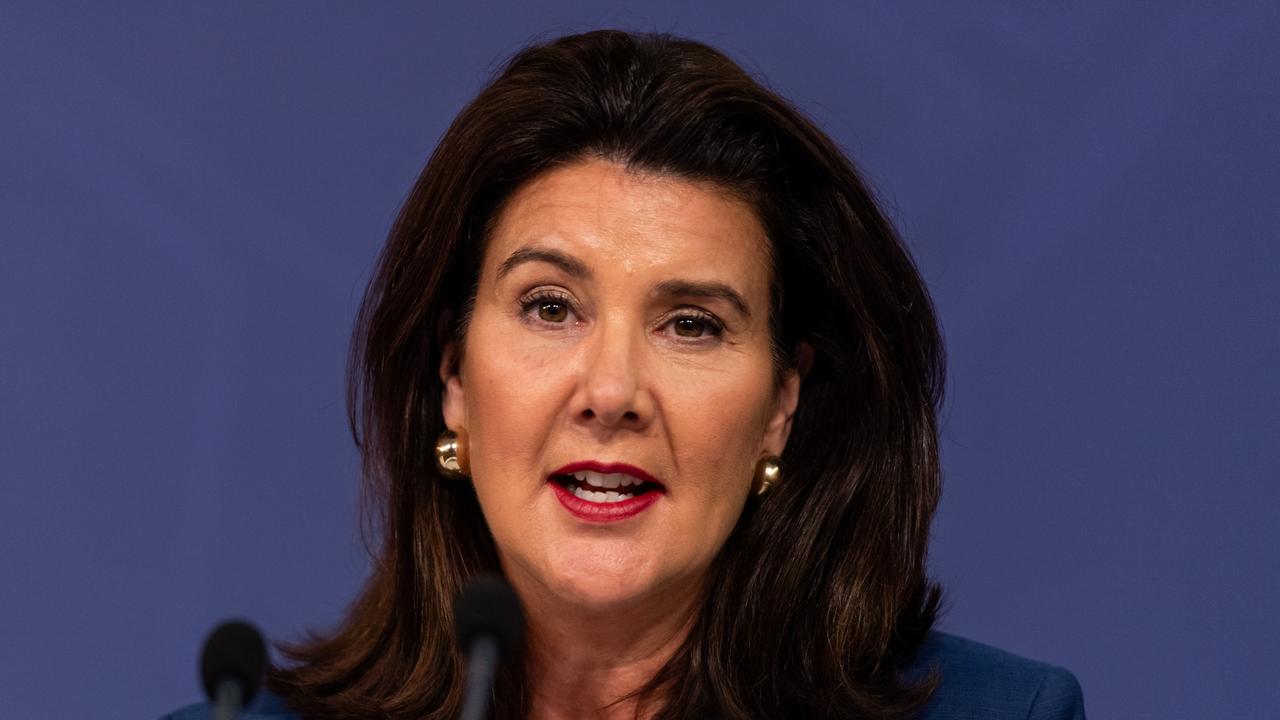‘Gone on for too long’: Election campaign emissions rivals Swift private jet
Over just five weeks Albo and Dutton caught an estimated 80 flights, emitting roughly half the amount of emissions of fuel-guzzling Taylor Swift.
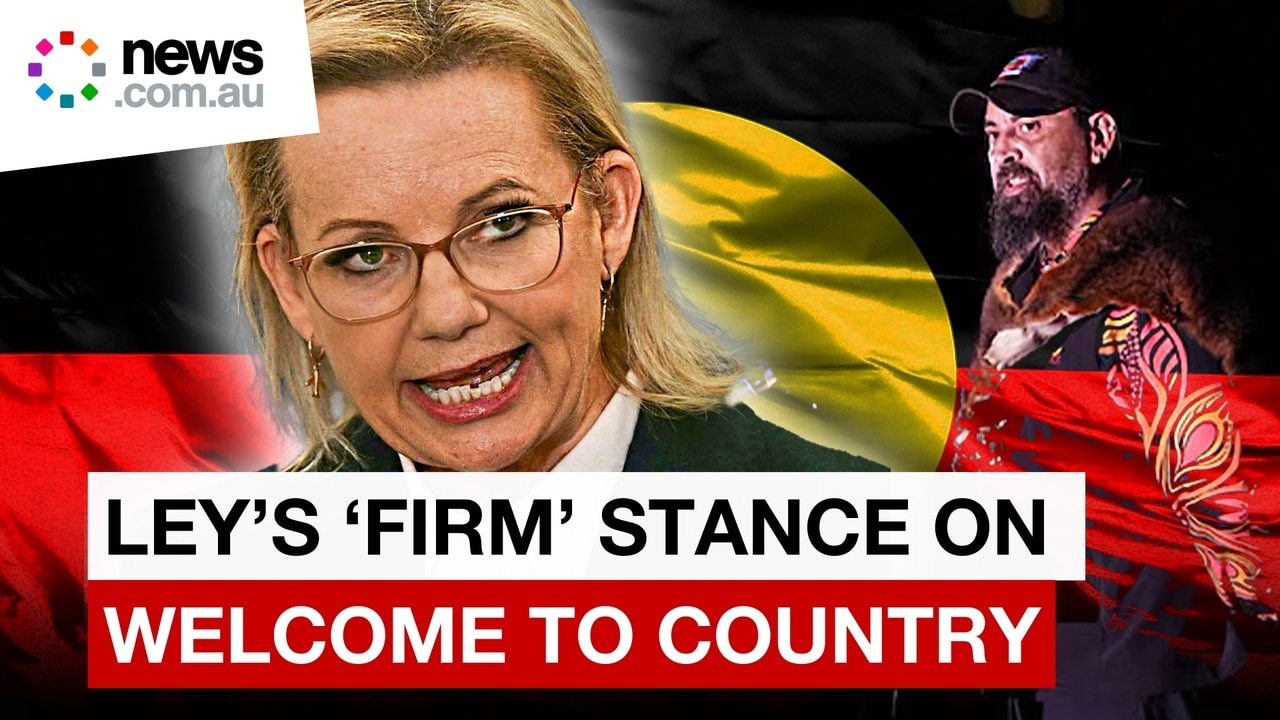
Federal Election
Don't miss out on the headlines from Federal Election. Followed categories will be added to My News.
ANALYSIS
In 2022, Swifties were left defending their beloved icon after her private jet emissions were found to be the highest of any celebrity in the world at about 8000 tonnes a year.
It worked out to about 1184 times more than the average person’s total annual emissions.
Her team was forced to make a statement, ensuring fans around the globe that Swift regularly loaned out her jet, made efforts to offset her emissions and that all that CO2 couldn’t simply be attributed to just her.
Despite her team’s best efforts to shake it off, the conversation continued.
More and more prominent figures were finding themselves in hot water for their private jet usage.
So when last month I stepped onto my fourth flight in just over 24 hours as part of the media pack alongside then opposition leader Peter Dutton’s campaign – a 50-minute flight from Orange to Sydney – I started to question.
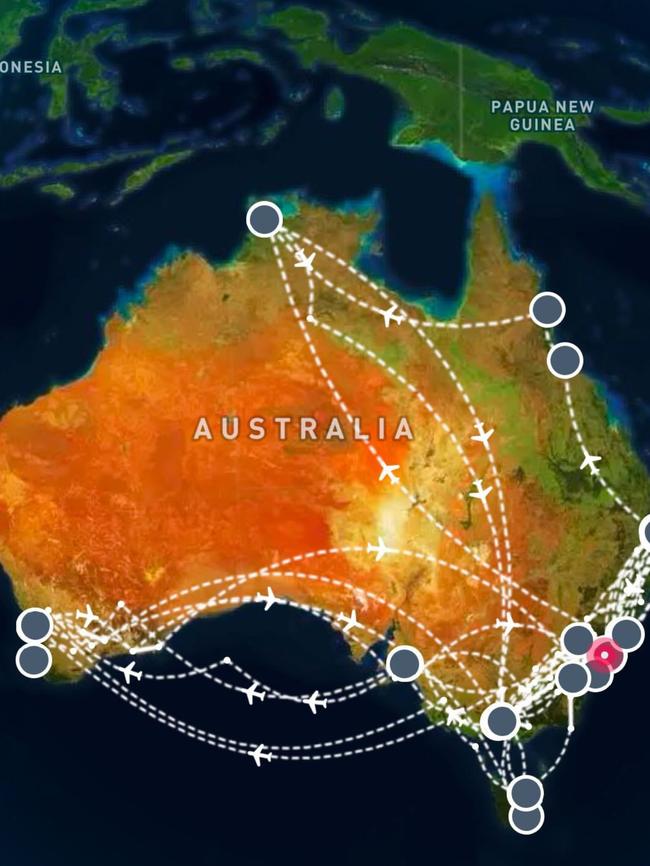

Is this flight-heavy election campaign style really passing the pub test in 2025?
During the five-week campaign, Mr Dutton’s team racked up more than 64,000 kilometres of travel over more than 40 flights. That’s equivalent to 1.5 times around the globe.
The Prime Minister’s campaign was reportedly a little less in total, but still cracked the 50,000km mark - the length of about 1.25 world trips.
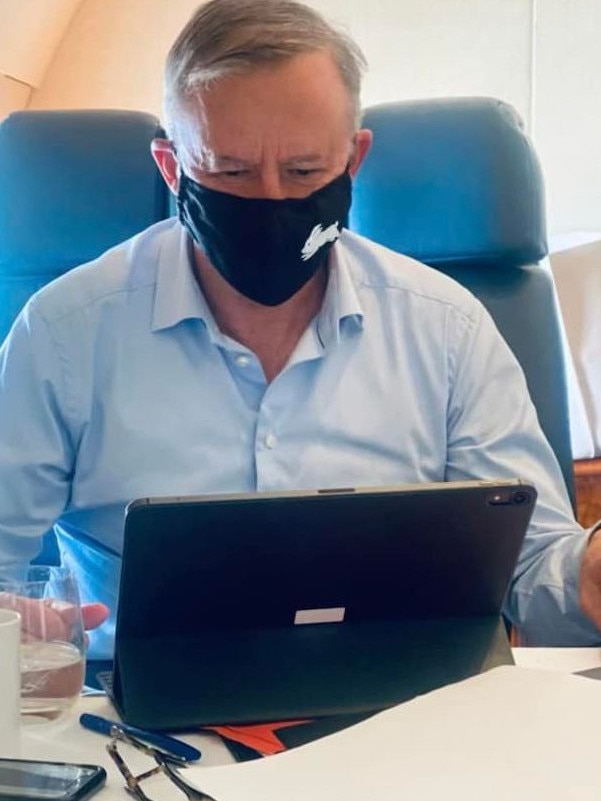
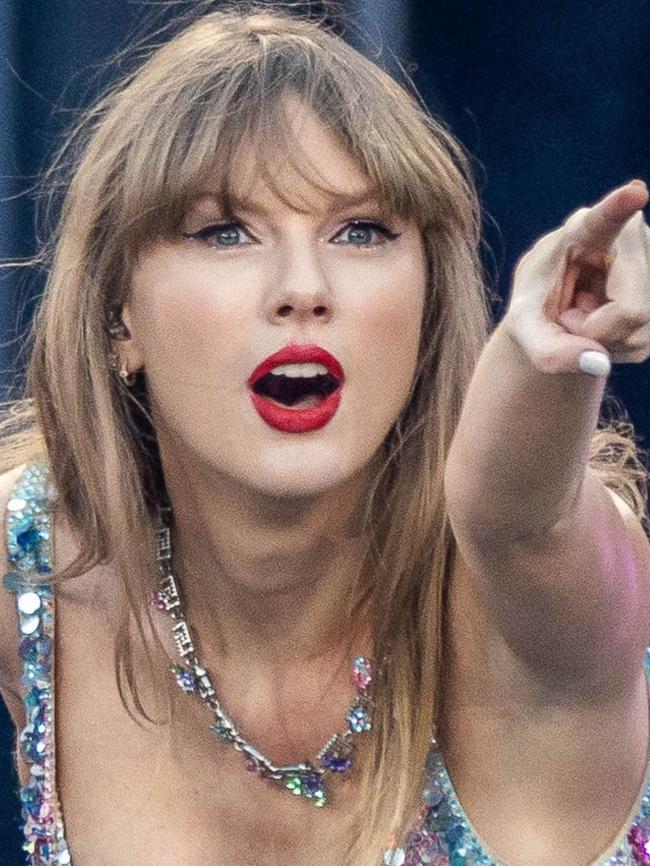
And when you compare their mileage to Swift’s, which created global headlines due to the outrage it inspired, the two are unfortunately not worlds apart.
Crunching the (estimated) numbers
Throughout the campaign, both candidates were flying around on Royal Australian Air Force Boeing 737s, followed by a smaller media plane.
It turns out, the media planes, Fokker 70s flown by Alliance Airlines, were even less eco-friendly.
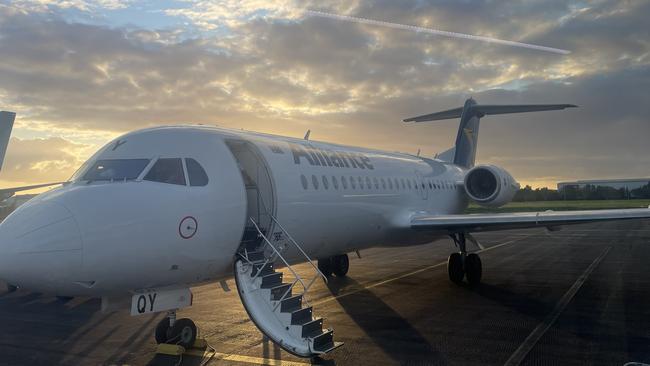
With Mr Dutton’s team travelling just over 65,000km throughout the campaign, about 3.5 litres of plane fuel was needed to fly each kilometre. At more than three grams of CO2 emitted per litre of fuel, about 740,000 kilograms of CO2 would have been emitted.
The media plane, which needed about five litres of fuel to fly per kilometre, clocked up about 103,000kg of CO2.
Albo’s RAAF emitted about 565,000kg of CO2, with his media plane clocking 790,000kg of CO2.
So, how does the campaign as a whole compare with Swift’s 8000 tonnes a year?
Well, in five weeks, the four planes would have emitted an estimated 3100 tonnes of CO2.
That’s more than Kylie Jenner’s private air travel was responsible for in one year, and about the same as Oprah Winfrey.
Is a shift possible?
You often hear in politics the phrase: “Well, that’s just the way things have always been done.”
Unfortunately for the Earth, this is also the case for Australia’s election campaign.
Basically, each election campaign day starts with the leaders travelling to a marginal seat and meeting with the public, before a daily press conference and then an afternoon photo opportunity.
There’s a fear that without the travel, one leader could miss out on meeting swing voters of a vital seat, or regional voices and issues won’t be heard.
However, Net Zero Institute director Deanna M. D’Alessandro said that the small changes to election campaigning could make the greatest of differences, such as better planning and limiting air travel where possible.
For example, Dutton’s shortest flight was 39 minutes from Sydney to Nowra, with his campaign also flying multiple times between Sydney and Newcastle, a 40-minute flight.
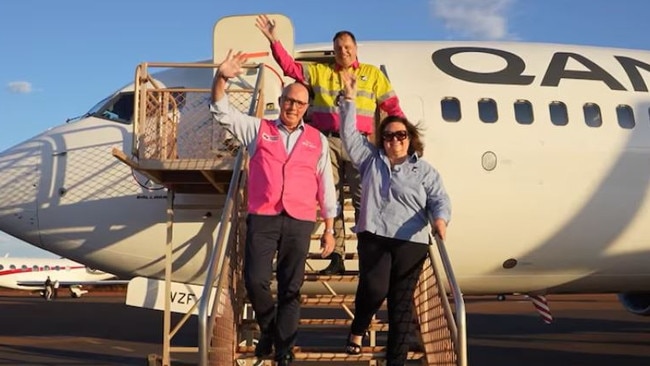
She also said that at the next election, both leaders could be committed to using either hydrogen buses or planes for at least some of their travel.
“Now’s the time that we acknowledge the problem. Yes, it’s gone on for too long, but let’s just say okay it’s happened and let’s move on and what can we actually do to address this,” Ms D’Alessandro said.
“Clearly, society is saying we want to see better from you folk. We look up to you, our children look up to you, whether as incredible performers or leaders of our country.”
Carbon Market Watch spokesman Khaled Diab said powerful figures should no longer be using private jets “like taxis” during a climate crisis and should be carefully thinking about their impacts on the environment when flying.
“People with access to private jets should think carefully about how their behaviour impacts everyone else and seek out more sustainable alternatives, such as trains for shorter distances and commercial flights for longer trips,” Mr Diab said.
“Governments also need to step up and take their responsibility to make polluters pay. They should consider imposing heavy taxes on private jet flights and even banning short-haul flights using fossil fuel-powered private jets.”
Originally published as ‘Gone on for too long’: Election campaign emissions rivals Swift private jet



